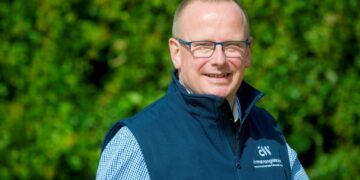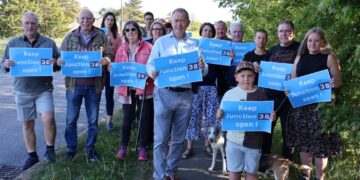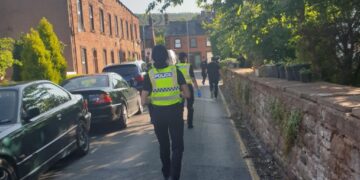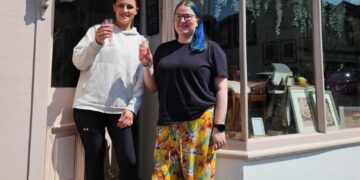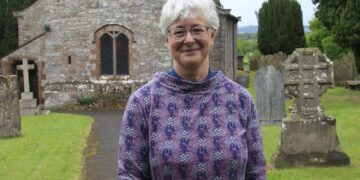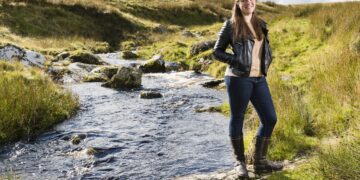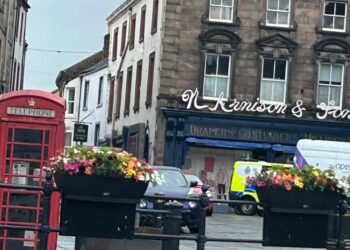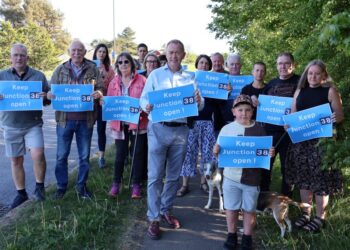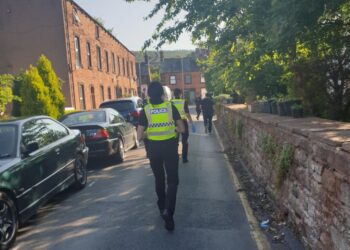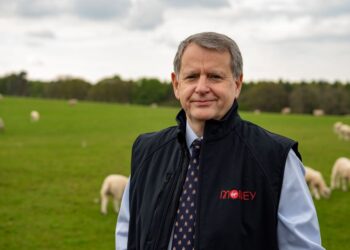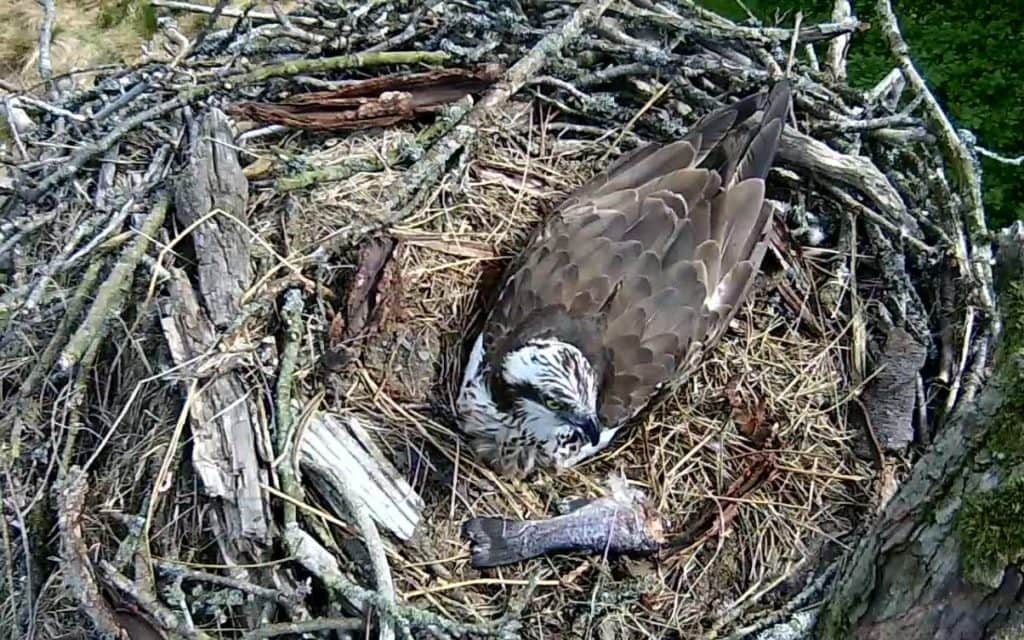
Two ospreys that have returned to their Bassenthwaite nest have produced a clutch of eggs – but it is not yet known how many there are.
Members of the Lake District Osprey Project are hoping for three eggs but have been unable to confirm the number as the observation cameras are not in use because of COVID-19.
But a project spokesman said the female bird is now sitting tightly on her clutch and the male osprey perches nearby for much of the day on guard.
He also fishes for his partner, handing over the catch after he has had a share.
“The Bassenthwaite ospreys have got eggs but we have had no formal viewing of them and we are relying on volunteers to give us information about them,” said the spokesman.
“She has been sitting on them tightly ever since laying them and he has been fishing. They have been taking it in turns to incubate and have been bathing down on the lake.
“There are still a lot of good views of them to be had from the lake and from Dodd Wood.”
Meanwhile, a male osprey that was successfully hatched at Bassenthwaite 13 years ago is making its home at the Cumbria Wildlife Trust nest at Foulshaw Moss, near Levens, in the south of the county.
There is a live feed of the bird and its partner, which was hatched at Kielder, on the www.ospreywatch.co.uk website.
Ospreys generally lay two or three eggs each season. They are laid at two day intervals, which means they will hatch at similar intervals. This is a survival trait.
For example, if there is bad weather and the male cannot catch fish when the first chick hatches, the second and third chicks will be there to take its place in more favourable conditions.
The eggs are about the size of a duck’s egg and marked with maroon, grey and black patterns, each one different to the next.
In the past, egg collecting was a major factor in their extinction as a breeding bird in the British Isles.
Today legislation and protection against egg-collecting and bird disturbance has meant that they are slowly increasing in numbers.
Chicks from the Bassenthwaite nest are also breeding in the south west of Scotland.



